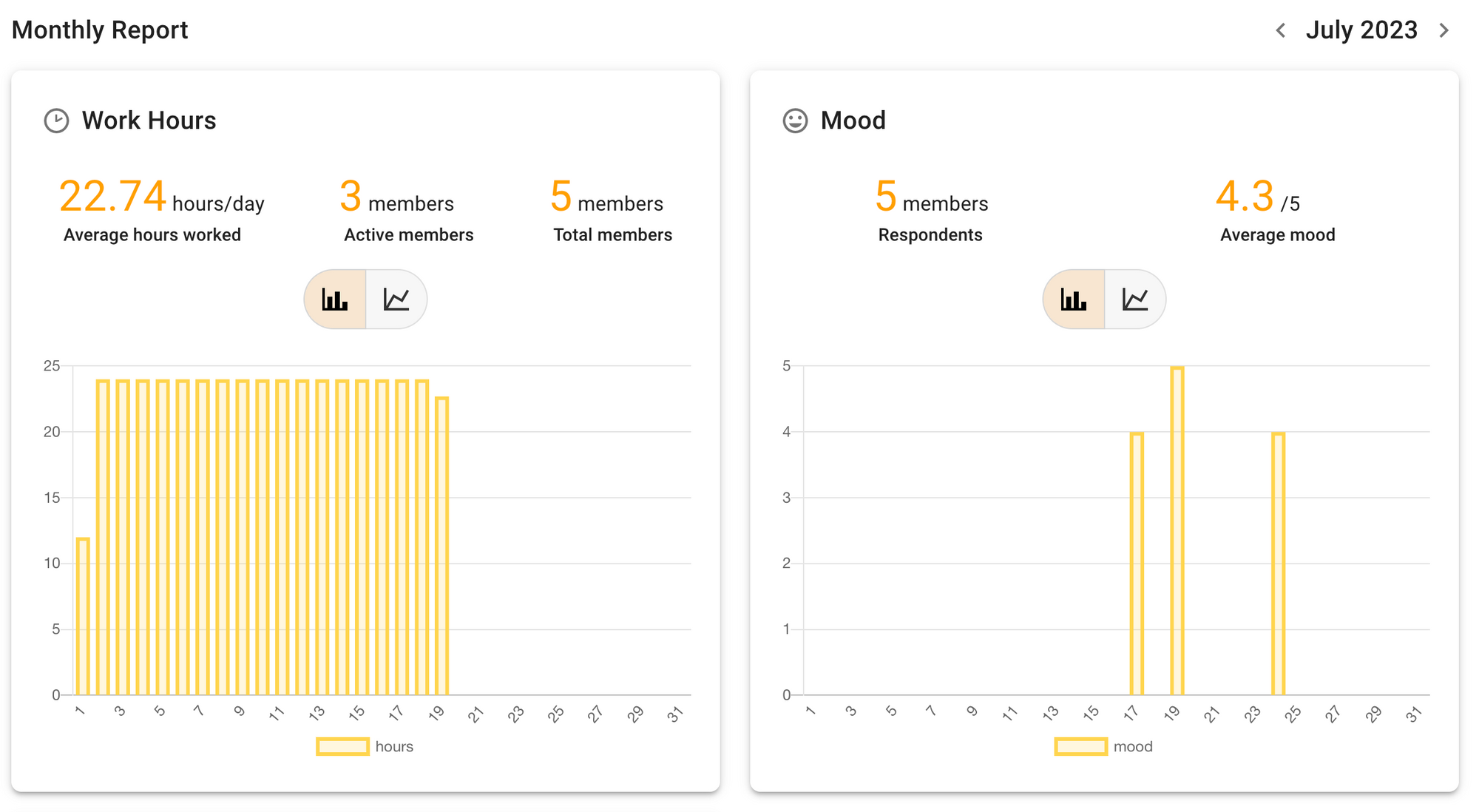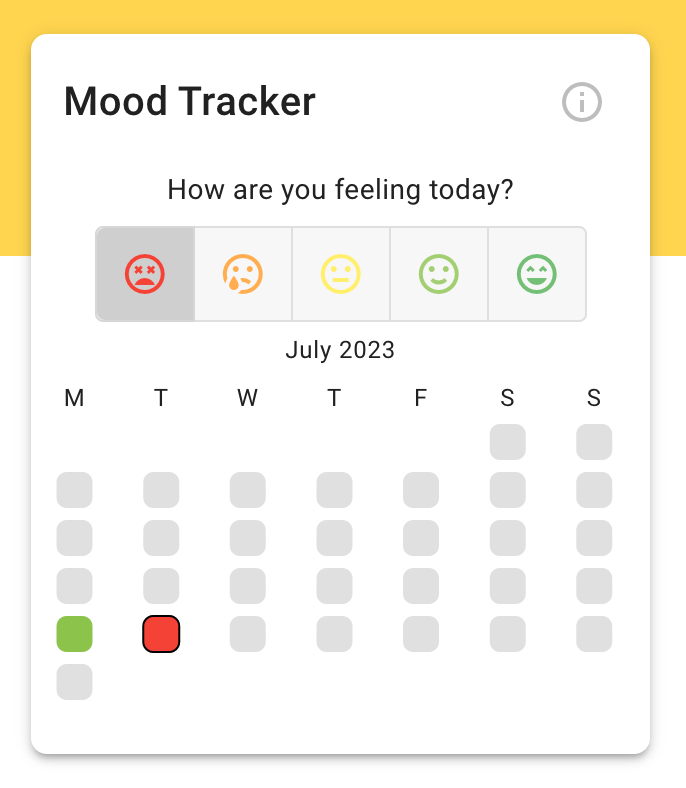5 Tell-Tale Signs of a Toxic Workplace Culture and How to Fix Them
Prevent toxic workplace culture, prioritise a positive environment for happier, more productive staff. As an employer, create a supportive atmosphere to nurture your team!

In today's fast-paced world, where productivity is highly valued, we must never overlook the toll a toxic workplace culture can take on employees' mental health and well-being.
In a previous article, we discussed how to avoid building a toxic environment in the workplace.
However, it’s equally important to be able to detect when a workplace has already become toxic. A toxic work culture can be detrimental to the well-being of employees, leading to unnecessary stress, burnout, depression, and anxiety. It can also spread negativity to other workers and bring down the quality of work they do.
Recent events have brought attention to the issue of workplace bullying and discrimination. With such events unfolding, it’s important for organisations to take proactive measures towards building a healthy work culture.
So, what are the signs of a toxic work culture? Here are some warning signs to look out for:
1. Poor Communication

Effective communication is the foundation of a healthy work environment. In a toxic workplace, communication may be lacking, unclear, or inconsistent. Employees may feel unheard, undervalued, or ignored, leading to misunderstandings, frustration, and disengagement.
A lack of open and honest dialogue can also hinder problem-solving and collaborative efforts, leading to a decrease in overall productivity.
2. High Turnover Rate

A continuously high turnover rate is a strong indicator of a toxic workplace culture. Employees leave not only for better opportunities but also to escape a negative work environment.
High turnover can disrupt team dynamics, increase workloads for remaining employees, and result in a loss of institutional knowledge. Addressing the root causes of turnover is crucial for creating a healthier workplace.
3. Micromanagement

When managers excessively control and monitor every aspect of their employees' work, it creates a toxic and demoralizing atmosphere. Micromanagement not only erodes trust and autonomy but also stifles creativity and innovation.
Employees may feel undervalued and disempowered, leading to decreased job satisfaction and reduced commitment to the organization.
4. Bullying and Harassment

A culture that tolerates bullying, discrimination, or harassment creates a toxic and unsafe workplace.
Bullying and harassment can and will lead to emotional distress, anxiety, and low self-esteem among employees. Such behaviour also negatively impacts team dynamics, leading to decreased collaboration and a toxic work environment for everyone involved.
5. Lack of Recognition

Failure to recognize and appreciate employees' efforts can lead to disengagement and decreased morale. In a toxic workplace culture, employees may feel that their hard work goes unnoticed and unappreciated, leading to a lack of motivation and a decrease in overall productivity.
Recognizing and rewarding employees for their contributions fosters a positive work environment and encourages continued high performance.

So, what can be done to fix a toxic work culture? Here are some solutions:
Solutions to Fix A Toxic Work Culture
1. Lead by Example

Leadership must model positive behaviours, open communication, and empathy to set the tone for a healthy work environment. When leaders prioritize employee well-being, it sends a powerful message to the rest of the organization.
Leaders can demonstrate their commitment to a positive workplace culture by:
- Regularly checking in with employees
- Actively listening to their concerns
- Taking action to address any issues
Leaders should also model positive behaviours such as:
- Treating others with respect
- Being open to feedback
- Promoting collaboration
As John C. Maxwell once said, “A leader is one who knows the way, goes the way, and shows the way.” By leading with empathy, open communication, and positive behaviours, leaders can create a healthy work environment where employees feel valued and supported.
2. Encourage Open Communication
Foster an atmosphere where employees feel comfortable sharing feedback, concerns, and suggestions without fear of reprisal. Actively listen to employees' perspectives and take their input into account when making decisions.
One free workplace solution that can help with this is Asa.team. Asa is a free workplace management assistant that can help improve your relationship with your team either in the office or remotely.

By being able to see your team's collective mood rating rather than an individual's, it removes the stigma of your team members feeling afraid to voice their mood for fear of backlash, while allowing you to accurately see if there are certain days where your team is not performing at their best, either in the office or remotely.
3. Recognize and Reward
Regularly acknowledging and appreciating employees' efforts and accomplishments is a fundamental aspect of creating a positive work environment. When employees feel valued and recognized for their contributions, they are more likely to be motivated and engaged in their work. Here are some ways to effectively recognize and reward employees:
- Verbal affirmation - Take the time to personally thank employees for their hard work and express your gratitude for their dedication. Publicly praising employees in team meetings or company-wide communications can also be a powerful way to boost their confidence and foster a sense of camaraderie among the team.
- Written recognition - Consider writing personalized thank-you notes or sending emails to highlight specific achievements or milestones. This approach shows that you are paying attention to their individual efforts and reinforces the positive behaviours you wish to encourage.
- Awards and bonuses - Instituting awards or bonus programs for exceptional performance can be an effective way to incentivize employees and recognize their outstanding contributions. Consider creating categories that align with the company's goals and values, and involve employees in the nomination and selection process to make it more inclusive and meaningful.
- Other incentives - Offering additional incentives like granting extra paid time off or flexible working hours as a reward for exceptional performance can be highly motivating. These perks not only acknowledge employees' hard work but also promote work-life balance, leading to increased job satisfaction.
By reinforcing positive behaviours, you can encourage a collaborative culture where your team feels valued and supported.
4. Investigate Complaints
Take employee complaints seriously and conduct thorough investigations to ensure a fair and just workplace. Any issues should be addressed promptly, and appropriate actions should be taken to prevent recurrence.
This can include implementing new policies or procedures, providing additional training or support, or taking disciplinary action if necessary.
5. Seek Professional Help

In cases of severe workplace toxicity, immediate action is essential to address underlying issues that can negatively impact employee retention and overall business performance. Seeking external guidance from HR professionals or workplace culture experts is crucial for an objective and experienced perspective. These experts can conduct comprehensive assessments to identify challenges within the culture and provide tailored strategies for improvement.
By working with HR professionals or culture experts, organizations can implement effective action plans, conduct training sessions, and receive ongoing support to transform toxic cultures into supportive and inclusive ones. This commitment to positive change benefits both employees and the organization's success in the long term.
As a leader, you have the opportunity to shape a workplace culture that empowers and motivates your employees. Embrace the power of positivity and support in your actions and attitude. Lead by example and inspire your team to adopt the same positive behaviours. Work together with your team to create a thriving and engaging work environment where everyone can flourish and achieve their best!

